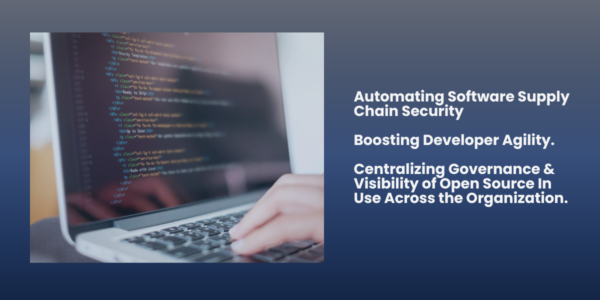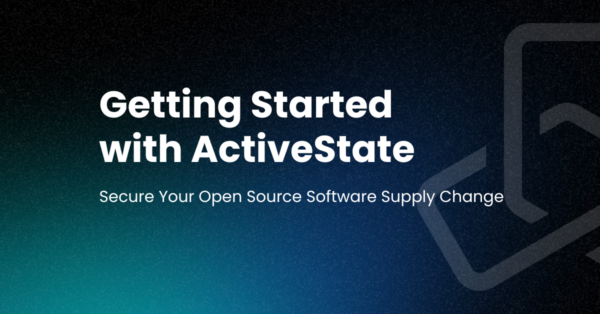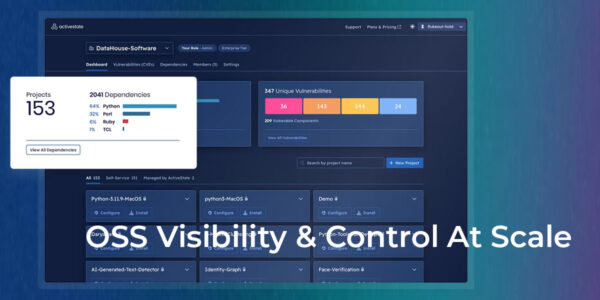The world is flat. Global warming doesn’t exist. And the Phlogiston theory has been disproven.
These ideas seem crazy by today’s standards, so when I reviewed an older white paper we had done back in 2008…it was kind of amazing how much things have changed. Ideas about open source that were once somewhat in question are now just seen as a given.
I thought I would touch on five open source concepts that would have been considered true at one point that are truly laughable today.
MYTH: Open Source Software is Free!
Enterprises now understand that the bits might be free to download but there is an inherent cost
Even if you are willing to compile it, test it, patch it, and support it you need to find and pay staff that have the essential expertise. Additional open source software costs can sneak up on you and your business when complex integration issues arise.
Many enterprises find that the main cost of many software solutions, free or paid, is tied to sustaining ongoing value and keeping the solution running optimally. Today there are companies that specialize in particular open source solutions and enterprises are finding value in being able to engage with their experts.
Even if you have open source software developers in-house, it is unlikely they will be able to work through all issues quickly and easily. Your developers’ time plus the risk of unpredictable open source software release dates can add to expenses and stress.
MYTH: If You Choose Open Source Software, You Are On Your Own
I’ve got to believe that this concern stems more from ignorance than reality. Just because open source software doesn’t come with a 24/7 help desk doesn’t mean you are on your own. For any moderately used open source solution chances are there is at least one commercial source of support for it. For example Red Hat and ActiveState have been around 20 years now.
When open source first entered the software scene in the nineties, enterprise developers were at the mercy of the development community for support. But over the years, the swift adoption of open source software in the enterprise has created a demand for stable open source distributions and comprehensive support and maintenance for open source software deployments.
Third-party providers now offer safety nets for businesses deploying open source software by packaging stable builds with expert technical support, development advice and rapid fixes that respond to changes to the open source code.
MYTH: Open Source Software is Lower Quality
Hard to believe we included this one in our list! But the internet is full of links to articles about this myth (probably helped along by the introduction of security bugs like Heartbleed, Shellshock and Poodle). In some ways these and other major security holes marked a turning point in open source software security. The new direction involves more formal inspection and testing, more aggressive patching, and more resources invested.
This myth was finally stamped out and put to bed in 2013 when Coverity Scan Report found that open source software quality outpaced proprietary code for the first time. According to Zack Samocha, senior director of products for Coverity. “Our objective with the Coverity Scan service is to help the open source community create high-quality software. Based on the results of this report – as well as the increasing popularity of the service – open source software projects that leverage development testing continue to increase the quality of their software, such that they have raised the bar for the entire industry.”
MYTH: It Is For Non-Conformists
Dead Dead Dead! Corporations using open source include some of the largest fortune 500 enterprises including Amazon, Google, IBM, Facebook, McDonald’s, New York Stock Exchange, Audi, BMW and Pepsico.
In the 2016 Black Duck Open Source Study 90% of respondents see open source as the engine for innovation while reporting they rely on it for improved efficiency, innovation and interoperability. That doesn’t seem very non-conformist!
MYTH: Open Source Software Is Not a Good Choice for Mission-Critical Functions
Another myth put to bed. From client-facing servers to rockets in space, open source is fully adopted for mission-critical applications in the enterprise and in government.
A recent Forrester survey found that once companies start using open source software, usage expanded from simple applications like file and print serving and email to mission-critical applications.
This indicates that enterprises feel confident enough in the quality and security of the technology to use open source in areas that affect revenue and customers.
Conclusion
At around the same time in 2008 that we first published 10 Myths About Running Open Source Software in your Business Forrester Research published a paper saying that no one was using open source software.
The acceptance and attitudes toward open source have changed significantly in the past decade. When we see a headline touting Microsoft as the number one company in open source, we know that these changes are a fundamental shift in the industry and we won’t be going back the “old days”.
As John F. Kennedy said “Change is the law of life. And those who look only to the past or present are certain to miss the future.”






